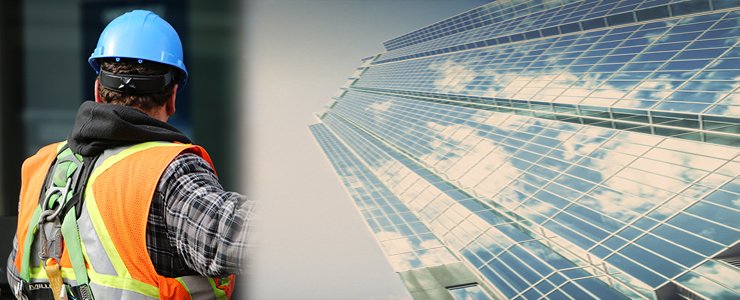Note: This was posted after the Louisiana floods of August 2016, but the information would be relevant to all flood situations.
Overview
Due to the recent floods in Louisiana, many businesses are facing an overwhelming spectrum of safety, environmental, facility, road, bridge, and structural concerns. We encourage those impacted by the flooding to refer to this checklist when planning their recovery efforts. Addressing the following considerations will help get operations back up and running quickly and safely.
Safety and Worker Protection
Your employees and contractors will be working in a stressed environment with slick surfaces, heavy lifting, overhead hazards, tight physical spaces, and waterborne pathogens. Consider these constraints in planning approaches that enhance their safety.
Industrial Hygiene
Proper assessment for potential hazardous exposures is a must:
Chemicals
During the flood, hazardous chemicals may have been spilled, mixed, or released. Review your Safety Data Sheets (SDSs) and determine if there are any spills that require reporting.
Mold
Assess flood-impacted materials, such as drywall, ceiling tiles, and insulation, for mold. Note that mold can be hidden in wall cavities or behind wall coverings, so a quick visual inspection will not be enough. If you have mold, your industrial hygienist can develop a protocol for proper remediation and, upon completion, conduct sampling to affirm your building is safe for re-occupancy.
Asbestos
With an estimated 75% of U.S. commercial buildings containing some form of asbestos (EPA, 2011), your workers may be exposed to asbestos that became crumbly after the flood. Proper assessments will help ensure their protection.
Lead
Buildings and structures that were painted prior to 1978 have a high probability that they are coated with lead based paint. Your industrial hygienist should utilize X-ray Fluorescent (XRF) lead paint analyzers to test painted surfaces and get instant results. Broader sampling for paint, soil, and air may be necessary to determine the presence and extent of lead contamination and the potential for exposure.
Radioactive Materials
Keep in mind that many businesses, from dentists and veterinarians to food packagers and laboratories, use radioactive materials. Even smoke alarms and exit signs contain small amounts of them. Your industrial hygienist or certified health physicist can help determine if this is an issue for your facility and, if so, help ensure safe cleanup.
Hazardous Waste Disposal
While oil refineries and other companies with under- or above-ground storage tanks obviously will seek environmental assessments, even small businesses like dry cleaners and mechanics generate hazardous wastes. The floodwaters may have dispersed these wastes throughout the facility, so cleanup and disposal must be conducted appropriately.
Utility Clearances and Inspections
Power systems need to be verified to be safe for use, water and sewage lines need to be purged, and, most importantly, gas lines need to be inspected and confirmed to be working safely.
Regulatory Compliance
Building and modification permitting need to be obtained, debris must be routed to the right facilities, and inspections need to be conducted prior to resumption of operations or occupancy. Recordkeeping and documentation is an important piece of the recovery effort, and your attention to these details now will pay off later if you are visited by an auditor or inspector.
Commissioning
When you are planning and then re-building your building/infrastructure systems, it’s important to make sure what was contracted for turns out to perform as specified. A commissioning plan and agent will make sure that occurs.
Structural Engineering
It is important when either re-building or re-entering a building that its structural integrity has been maintained from the damage it may have incurred from the flood. “Structural integrity” is defined as the ability of an item to hold together under a load, including its own weight, resisting breakage or bending. Before re-occupancy of a damaged building, structural engineers are the ones to confirm that the structural integrity has been maintained and that the building can be re-occupied or used.
Questions?
If your company or facility has questions about any of these issues or needs help planning, conducting, or managing recovery efforts, please feel free to contact us.

